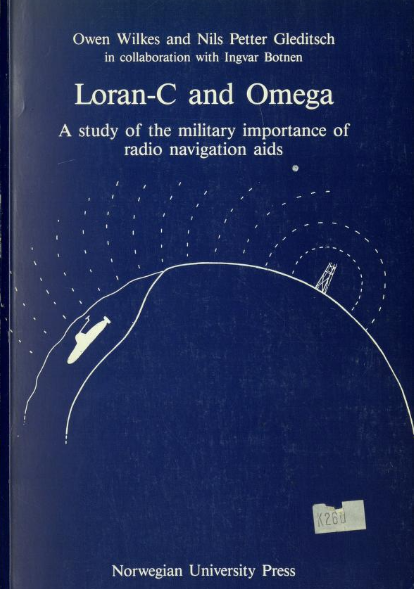Distributed internationally through Oxford University Press. The long-range navigation systems Loran-C and Omega are well known to thousands of navigators all over the world. It is less known that Loran-C was deployed in 1958-60 in support of the Fleet Ballistic Missile Program — the Polaris, and later the Poseidon submarines — and that Omega was also considered for the same role.
This book explains why there was an uproar over the proposal to build an Omega station in New Zealand in 1968-69, why Australian governments of different political persuasions dragged their feet for years over building an Omega station there, and why the Loran-C navigation system has been on the agenda of at least four secret plenary meetings of the Norwegian Parliament.
The authors examine in detail the historical origins of the two systems, their technical characteristics, and their military functions. They argue that civilian interests would be better off if the international community could agree on navigation systems set up to specified civilian criteria, rather than opting for a free ride on US military navigation systems.
The book is based on numerous open technical sources, records specially released under the US Freedom of Information Act, as well as a massive leak of Norwegian decision-making records in 1977.








